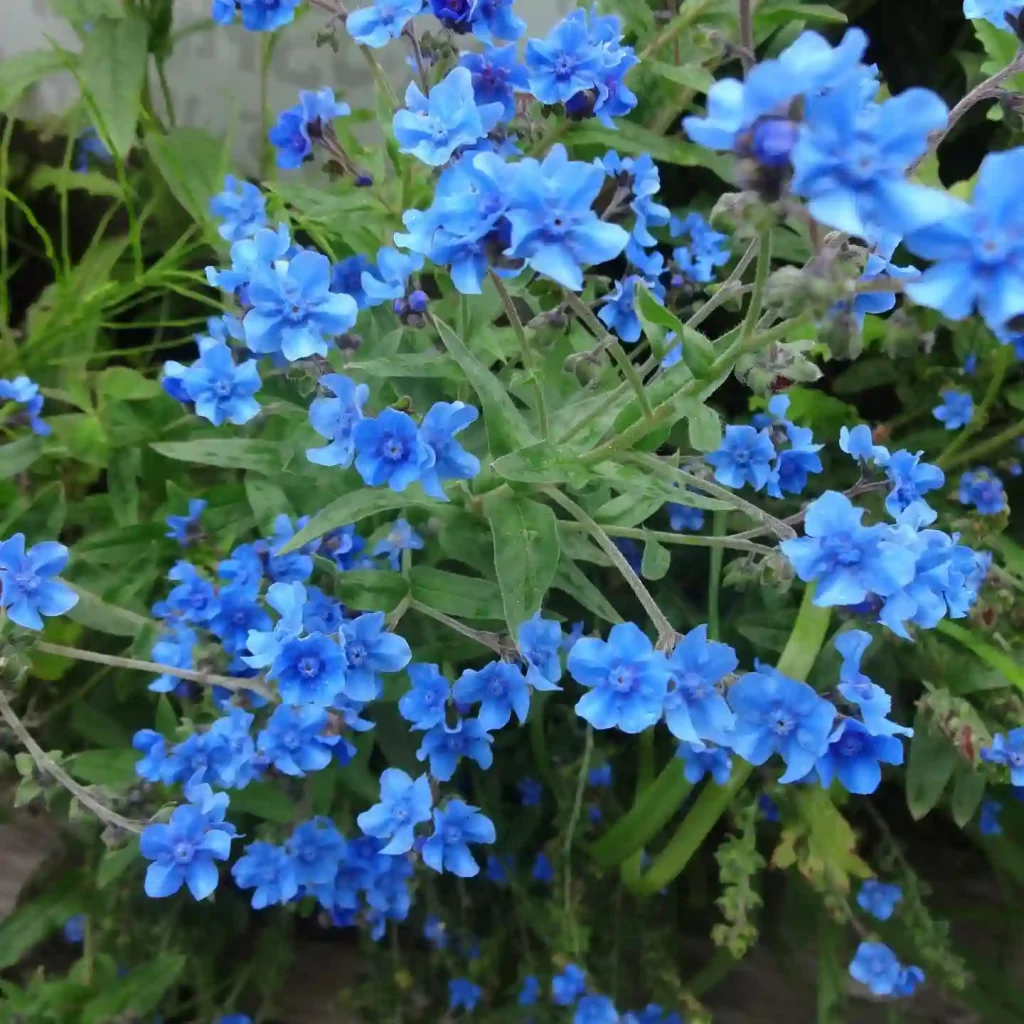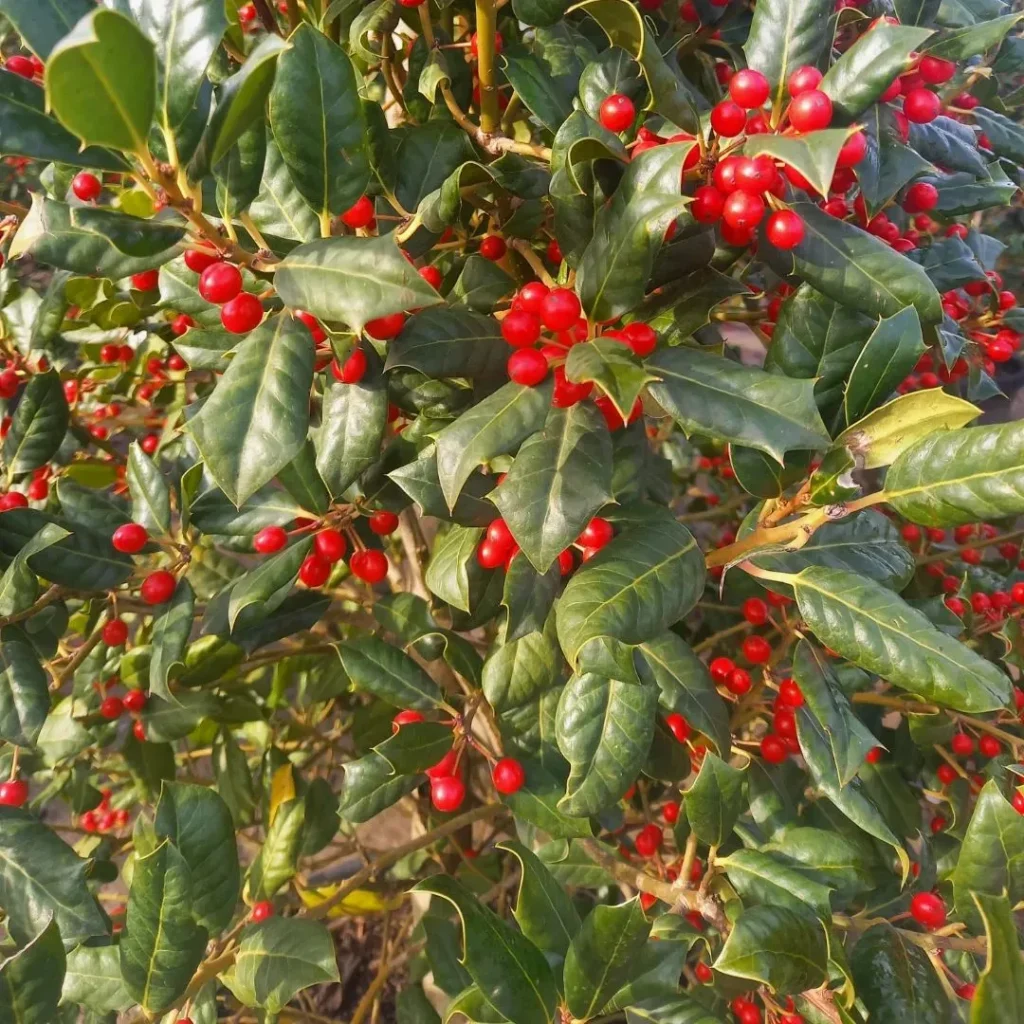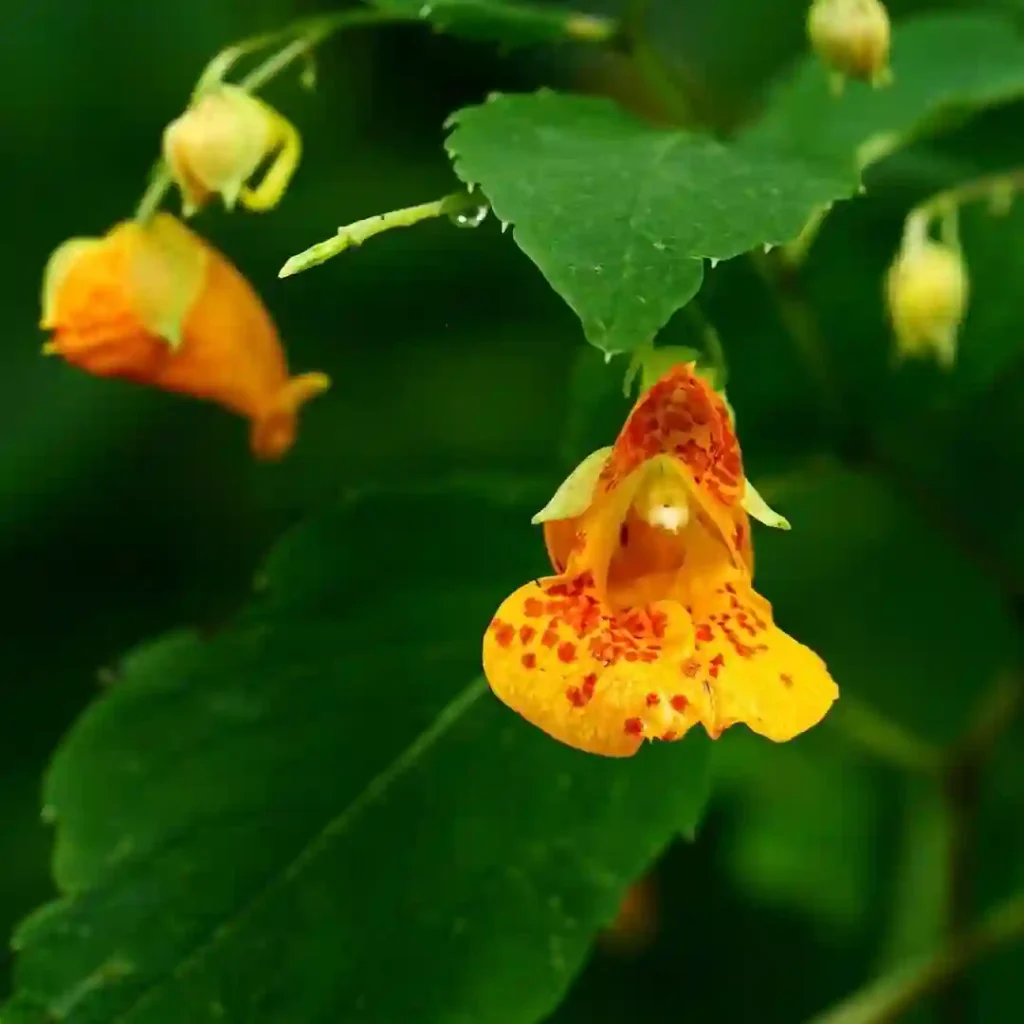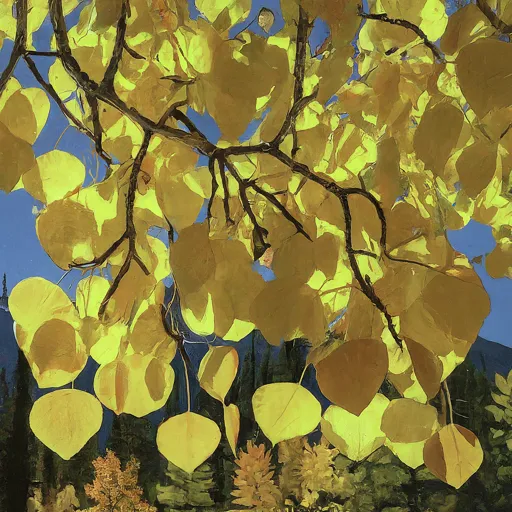Lagurus: A Hare’s-Tail Tale
I’ve always been drawn to the unusual, the overlooked, the subtly beautiful. So, when I first encountered Lagurus ovatus, I was captivated. This unassuming grass, with its fluffy, oval-shaped flower heads, doesn’t shout for attention like a rose or a sunflower. Instead, it whispers, inviting a closer look, a gentle touch. It’s a plant that embodies understated elegance, and I find that incredibly appealing.
Lagurus ovatus, commonly known as hare’s-tail grass or bunny tails, is the most well-known member of the genus Lagurus from the Poaceae family. It’s native to the Mediterranean region but has made its way around the world, naturalizing in places like Australia, the Americas, and the British Isles. And no wonder – its soft, velvety inflorescences are irresistible, bringing a touch of whimsy to any garden or floral arrangement.
More Than Just a Pretty Face
But Lagurus is more than just a pretty face. This annual grass plays a vital role in its ecosystem. Its seeds provide food for birds, and the dense clumps offer shelter for small mammals and insects. It’s a reminder that even the seemingly simplest organisms contribute to the intricate web of life.
As I delved deeper into the world of Lagurus, I discovered that L. ovatus might be a bit of a loner. While some sources list other species, like L. longifolius and L. humilis, these are often considered synonyms or variations of L. ovatus. The taxonomy can be a bit fuzzy, which only adds to the intrigue, in my opinion.
A Blank Canvas for Creativity
One of the things I love most about Lagurus is its versatility. The dried flower heads are incredibly popular in crafts and floral arrangements. Their neutral color makes them a perfect blank canvas for creativity. They can be dyed vibrant hues, incorporated into wreaths and bouquets, or simply displayed as they are, bringing a touch of nature indoors.
I’ve experimented with Lagurus in my own creative endeavors, using the fluffy plumes to add texture and visual interest to my artwork. I’ve even used them to create delicate jewelry, preserving their ethereal beauty in resin. The possibilities seem endless.
Cultivating Curiosity
My fascination with Lagurus has led me down a rabbit hole of botanical exploration. I’ve learned about its growth habits, its preferred soil conditions, and its role in Mediterranean grasslands. It’s been a journey of discovery, fueled by curiosity and a desire to understand the natural world around me.
And that’s what I find so compelling about botany. It’s a constant source of wonder, revealing intricate connections and hidden beauty in the most unexpected places. Lagurus, with its unassuming charm and ecological significance, is a perfect example of this. It’s a reminder that there’s always more to learn, more to explore, and more to appreciate in the world around us.
In Conclusion
Lagurus, though perhaps a small and unassuming genus, holds a special place in my heart. Its soft, tactile beauty, ecological importance, and creative potential make it a plant worth celebrating. It’s a reminder that sometimes the most captivating things are the ones that whisper, not shout.
If i die, water my plants!



